An Introduction to Wild Asparagus:
Asparagus officinalis or Wild Asparagus is an edible household hlant which is consumed in most American Households. It is commonly eaten as a vegetable and thus is grown as a crop likewise. You may see it in various American dishes as well where it accompanies the main star of any dish e.g. a steak or something similar.
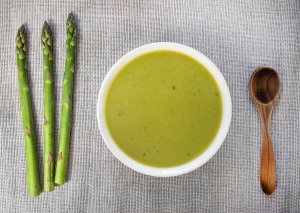
Places where you can spot Wild Asparagus:
You may find Wild Asparagus in places such as woodland areas where there is plenty of sunlight and relatively dry soil which the Wild Asparagus tree prefers.
Physical Appearance:
The Asparagus plant grows to upwards of 60 inches a unique foliage reminiscent of feathers or scales. Its flowers are bell-shaped and range from color from light green to yellow. The flowers are made of a total of six petals that are conjoined.
One unique thing about the plant is that it may either have male or female flowers. Seldom does it have both or hermaphroditic flowers.
It also has red small fruits but they aren’t fit for consumption and are harmful when ingested.
There are some variants like the European ones which are shorter than the American variant that are cultivated.
Distribution and importance:
Wild Asparagus is widespread across the United States and has made a significant cultural impact. You can see it in various forms of print media or more famously in shows such as Kids Next Door; where it was given a whole episode.
In ancient times various civilizations used it for various purposes. The Romans used it as a form of sustenance. They went so far as to make an entire fleet called the “Asparagus Fleet” under the orders of Emperor Augustus.
Greeks would have used it in their medicinal preparations and maybe even as a vegetable like today.
The Indians would have preferred to use it as an Aphrodisiac though that’s more grounded in fiction as opposed to reality.
In the mid 1600’s Asparagus was introduced to North America via settlers. It was then cultivated over there and became a commonly consumed vegetable overtime.
You can see it now in various parts of the world from Germany to India being plated up as a delectable vegetable.
The role of Wild Asparagus in Cooking:
As mentioned, Asparagus is commonly cooked in American Households. The fact that it is highly nutritious is a major factor in its popularity. It has a minute or low amount of sodium and a ton vitamins along with beneficial minerals. The fiber content in it is also good and can be beneficial for your bowel movements.
You may find this vegetable mostly as an appetizer or something placed on the side.
In the orient you can find it mostly stir fired with some protein accompanied with it like beef or chicken. You may even see Asparagus cooked in soups as well.
A famous American way of cooking it is placing it on the grill. You can also stew it.
Some consider younger Asparagus specimens to be more favorable and easier to cook or consume due to them not being as hard as the older ones.
So, if you’re ever in the mood for a BBQ; do consider adding grilled Asparagus in the menu too.
The Medicinal Uses of Wild Asparagus:
Though there are not a lot proven medical uses for Asparagus nowadays, there is one called irrigation therapy. If someone contracts a UTI, a medical professional may put them through this treatment. This form of treatment may also be used for pain in the joints or even for those that have become overweight.
This Household Native Plant may be added into someone’s diet if they experience vitamin or mineral deficiency.
Health and Safety:
Asparagus has been known to alter the odor of urine and cause it to be fouler. This may be due to the amount of Sulphur present in the vegetable. If you happen to experience this, you shouldn’t worry much. So rest assured knowing this Household Plant is safe to consume.
For some a good Asparagus recipe check out:
https://www.allrecipes.com/recipe/214931/oven-roasted-asparagus/
Many of our readers find that subscribing to Eat The Planet is the best way to make sure they don't miss any of our valuable information about wild edibles.
See our privacy policy for more information about ads on this site

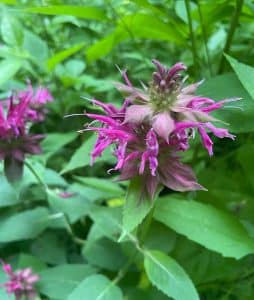
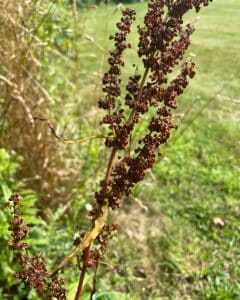
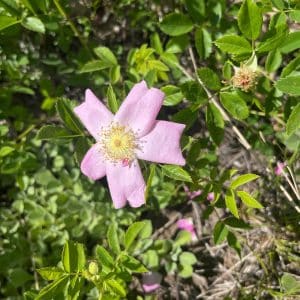
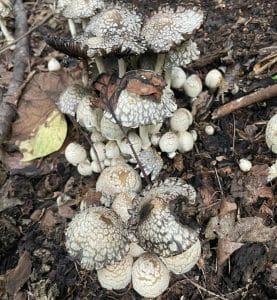
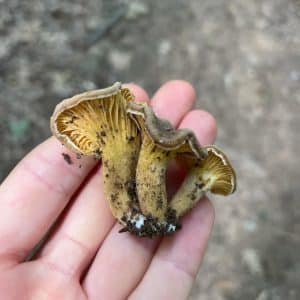
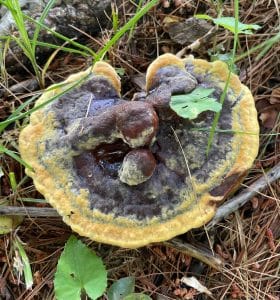
2 Responses
Asparagus is not a native plant. It is native to the eastern Mediterranean lands and Asia Minor. It has escaped captivity pretty much worldwide.
Thanks, The author is actually from the middle east so he might have been writing from that perspective. I’ll clarify in the article since most of my audience is from North America.